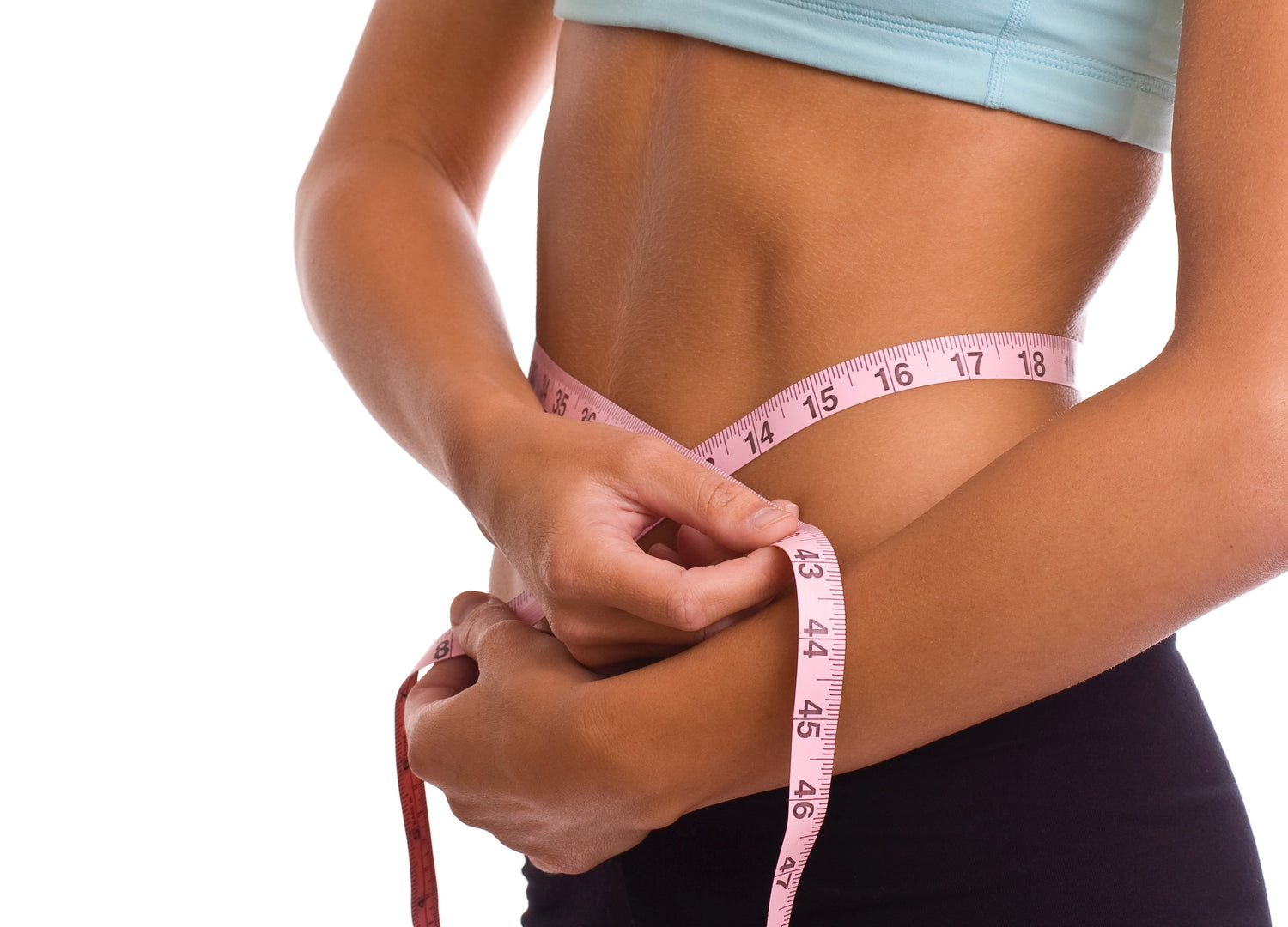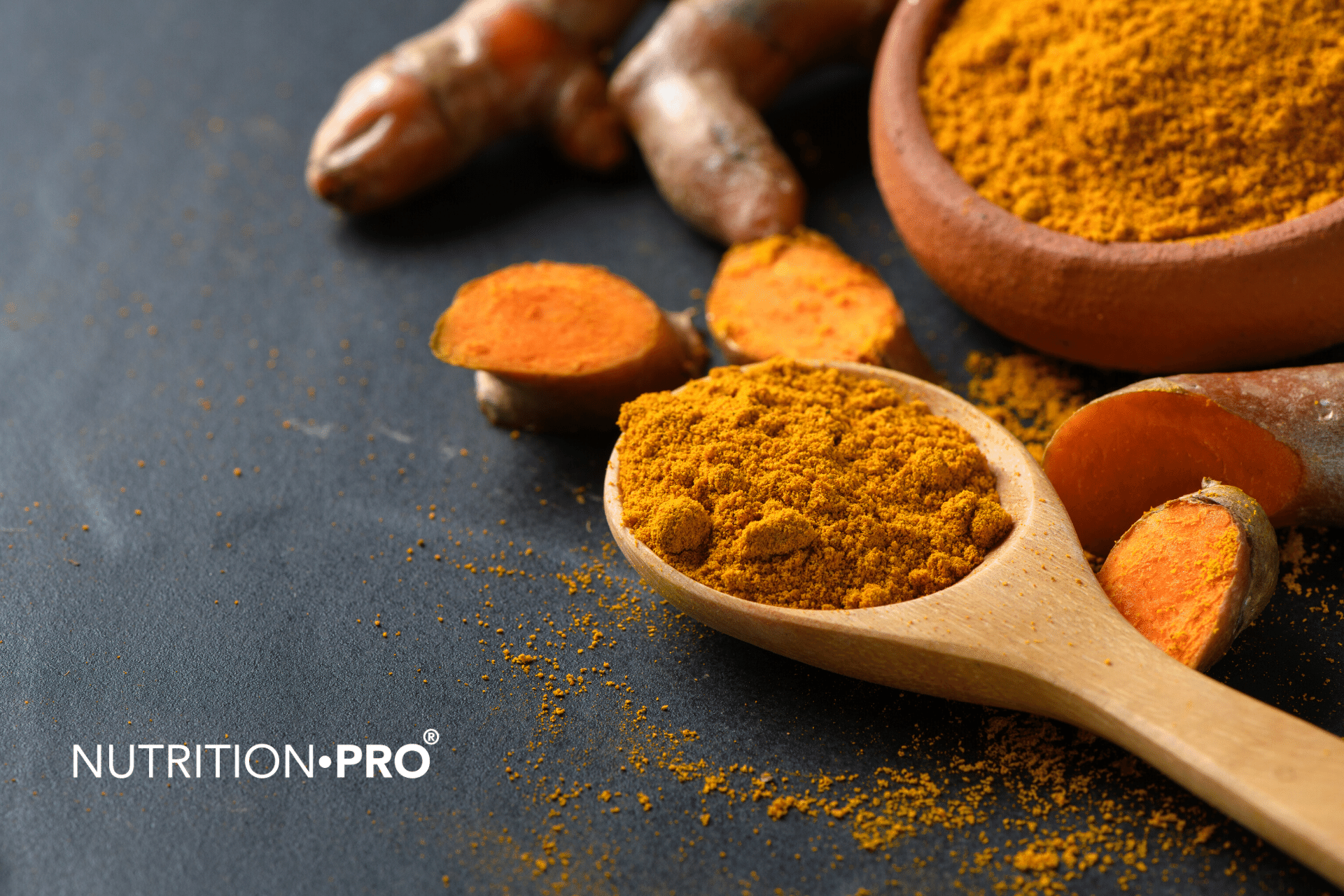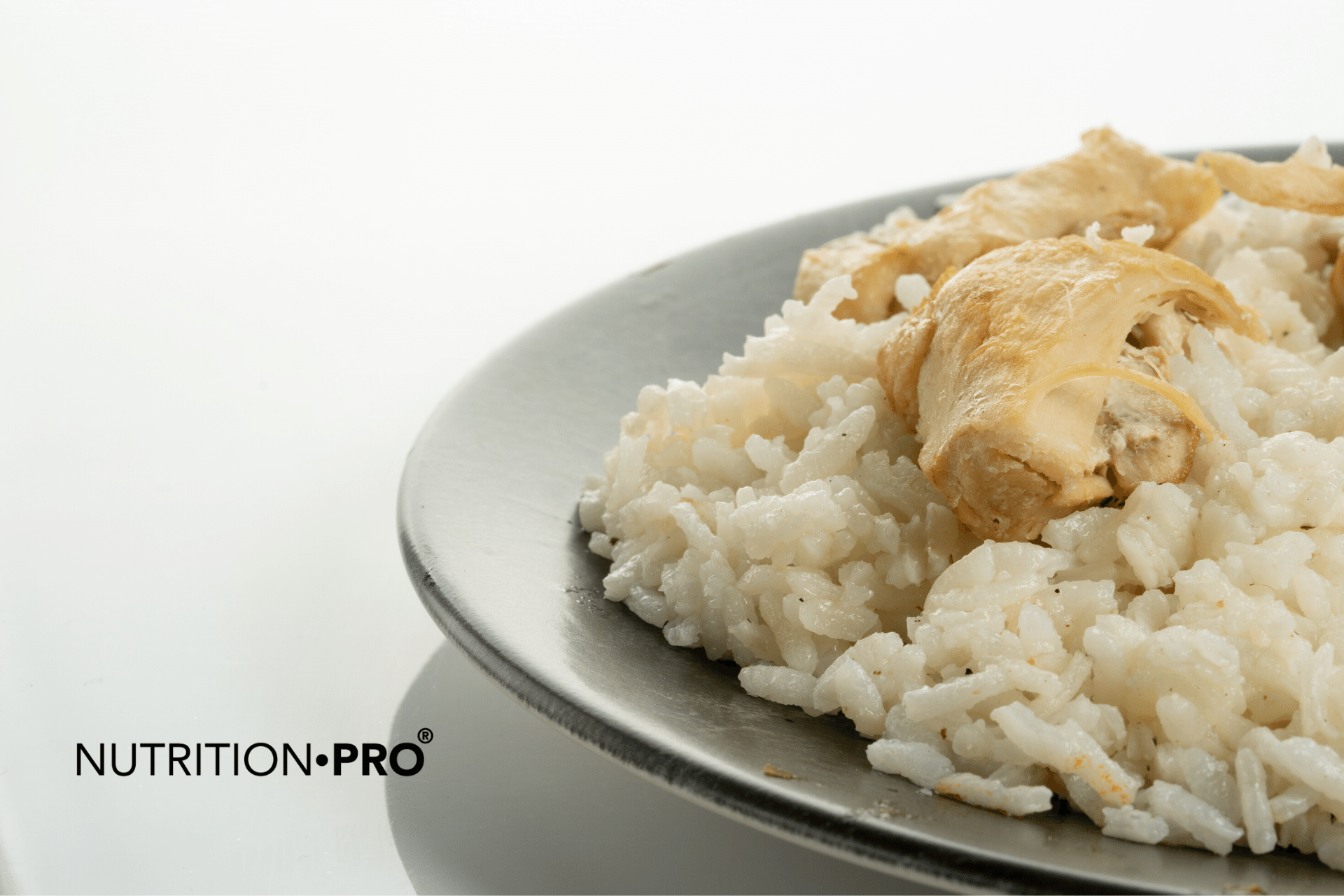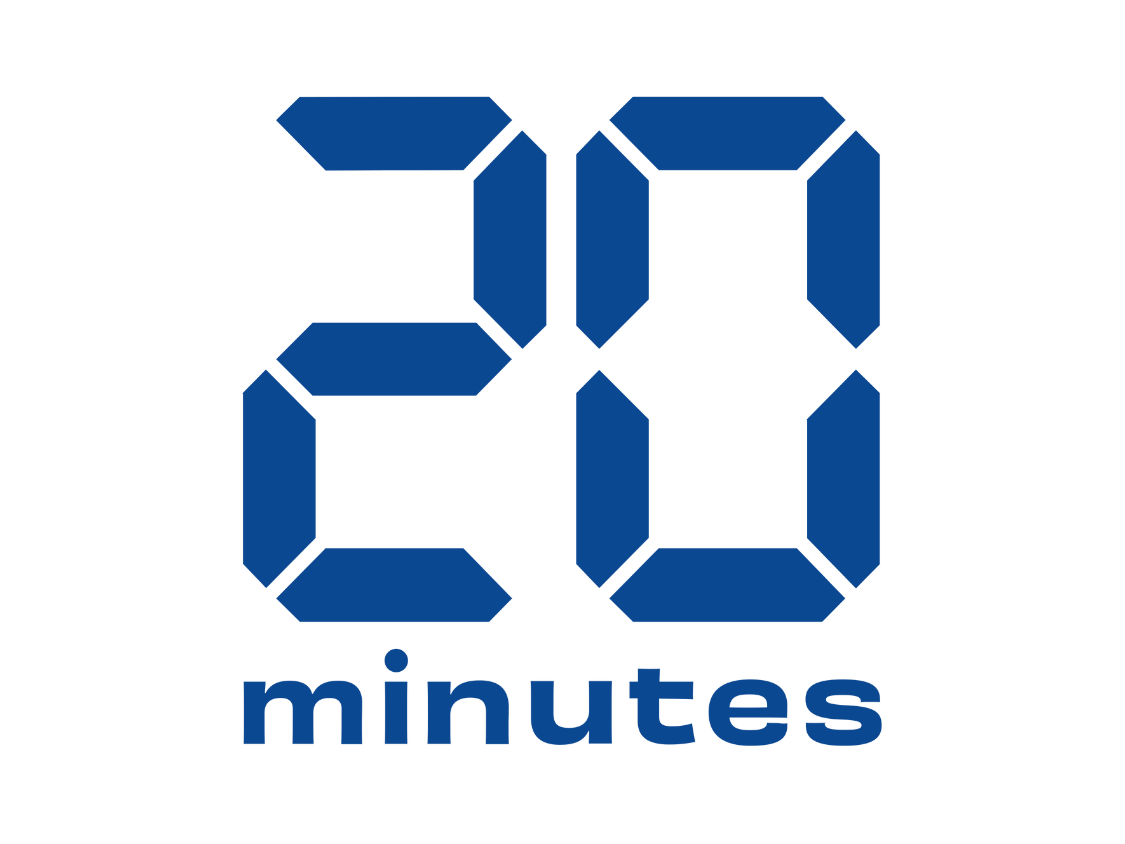There are many ways to lose a lot of weight fast .
That said, many diets leave you feeling hungry or unsatisfied. These are the main reasons why you might have trouble sticking to a diet .
However, not all diets have this effect. Low-carb diets are effective for weight loss and may be easier to stick to than other diets .
Here is a 3-step weight loss plan that uses a low carb diet and aims to:
- Significantly reduce your appetite
- Cause rapid weight loss
- Improve your metabolic health at the same time
1. Cut carbs
The most important part of losing weight is to reduce sugars and simply starches or carbohydrates.
When you do this, your hunger level decreases over time, and you usually end up ingesting a lot fewer calories .
Another benefit of cutting carbs is that it lowers insulin levels , which causes the kidneys to lose excess sodium and water. This reduces bloating and unnecessary water weight.
According to some nutritionists, it is not uncommon to lose up to 4.5 kg - sometimes more - in the first week by eating this way. This weight loss includes both body fat and water weight.
A study in healthy women with obesity indicated that a very low-carb diet was more effective than a low-fat diet for short-term weight loss .
Research suggests that a low-carb diet can reduce appetite, which can cause you to mindlessly eat fewer calories or feel hungry .
Simply put, cutting carbs can lead to quick and easy weight loss .
2. Eat protein, fat and vegetables
Each of your meals should include a source of protein, a source of fat, and low-carb vegetables.
As a general rule, try to eat two to three meals a day. If you are hungry in the afternoon, add a fourth meal.
Building your meals this way should reduce your carbohydrate intake at about 20 to 50 grams per day.
Protein
Eating plenty of protein is an essential part of this plan.
Evidence suggests that eating plenty of protein can increase calorie expenditure by 80 to 100 calories per day .
High -protein diets can also reduce cravings and obsessive thoughts about food by 60 percent, halve the desire for late-night snacking, and make you feel fuller. In one study, people on a high-protein diet ate 441 fewer calories per day .
When it comes to losing weight , protein is a essential nutrient to think about .
Sources of healthy protein include:
- Meat: Beef , chicken, pork and lamb
- Fish and seafood: Salmon , trout and prawns
- Eggs: Whole eggs with the yolk
- Vegetable proteins: Beans , legumes and soy
Low carb vegetables
Don't be afraid to load your plate with low carb vegetables. They're packed with nutrients, and you can eat very large amounts of them without going over 20-50 net carbs per day.
A diet based primarily on lean protein sources and vegetables has all the fiber, vitamins, and minerals you need for good health.
Many vegetables are low in carbs, including:
- Broccoli
- Cauliflower
- Spinach
- Tomatoes
- Kale
- Brussels sprouts
- Cabbage
- Salad
- Cucumber
healthy fats
Don't be afraid to eat fat. Trying to make low carbs and low fats at the same time can make it very difficult to stick to the diet.
Sources of healthy fats include:
- Olive oil
- coconut oil
- Avocado oil
- Butter
3. Lift weights three times a week
You don't need to exercise to lose weight on this plan, but it will have additional benefits.
Lifting weights will burn a lot of calories and keep your metabolism from slowing down, which is a common side effect of weight loss.
Studies on low-carb diets show that you can gain some muscle while losing significant amounts of body fat.
Aim to go to the gym three to four times a week to lift weights (including bodyweight). If you are a beginner, ask a coach for advice.
If lifting weights isn't an option for you, doing cardio exercises like walking, jogging, running, cycling, or swimming will suffice. Cardio and weightlifting can help with weight loss .
Try doing a carb refeed once a week.
If you need to, you can take one day off a week where you eat more carbs. Many people choose to do this on Saturday.
It's important to stick to healthy carb sources like oats, rice, quinoa, potatoes, sweet potatoes, and fruit. If you have to make a cheat meal and eat something unhealthy, do it that day.
Limit this to one higher carb day per week. If you don't cut carbs enough, you may not lose weight .
You might gain some water weight on your refeed day, and you'll usually lose it again over the next 1-2 days.
What about calories and portion control?
There's no need to count calories as long as you keep your carb intake very low and stick to low-carb proteins, fats, and vegetables.
Other weight loss tips
- Eat a protein-rich breakfast. Eating a high-protein breakfast could reduce cravings and calorie intake throughout the day.
- Avoid sugary drinks and fruit juices. These are some of the most magnifying things you can put in your body.
- Drink water before meals. One study showed that drinking water half an hour before meals increased weight loss by 44% over 3 months.
- Choose weight-loss foods. Some foods are better for losing weight than others.
- Eat soluble fiber. Studies show that soluble fiber can promote weight loss. Fiber supplements like glucomannan can also help.
- Drink coffee or tea. Caffeine boosts your metabolism by 3-11%.
- Base your diet on whole foods (unprocessed foods). They are healthier, more filling and much less likely to cause overeating than processed foods.
- Eat slowly. Eating quickly can lead to weight gain over time, while eating slowly makes you feel fuller and stimulates weight-reducing hormones.
- Weigh yourself every day. Studies show that people who weigh themselves daily are much more likely to lose weight sustainably.
- Get good quality sleep. Sleep is very important for many reasons, and poor sleep is one of the biggest risk factors for weight gain.
How fast are you going to lose weight?
You can lose 2.3 to 4.5 kg of weight – sometimes more – in the first week of the diet , and then lose weight steadily thereafter.
If you are new to dieting, weight loss may occur more quickly. The more weight you have to lose, the faster you will lose it.
For the first few days, you might feel a bit strange. Your body is used to eating carbs, and it may take time for it to get used to burning fat instead.
Some people experience the keto flu or “low carb flu.” It's usually over within a few days.
After the first few days, most people feel great, with even more energy than before.
Aside from weight loss , the low-carb diet can improve your health in several ways:
- Blood sugar levels tend to drop significantly on low carb diets
- Triglycerides tend to drop
- LDL (bad) cholesterol decreases
- HDL (good) cholesterol increases
- Blood pressure improves significantly
- Low-carb diets can be as easy to follow as low-fat diets
The main thing to remember
By reducing carbs and lowering insulin levels, you will likely experience a decrease in appetite and hunger. This eliminates the main reasons why it is often difficult to maintain a weight loss plan .
On this plan, you can probably eat healthy foods until you're full and still losing a significant amount of fat. The initial drop in weight (in water) can cause the scale to drop within a few days. However , fat loss takes longer.
Studies comparing low-carb and low-fat diets suggest that a low-carb diet could even cause you to lose up to two to three times more weight than a typical low-fat, calorie-restricted diet .
If you have type 2 diabetes, talk to your healthcare professional before making any changes, as this plan may reduce your need for medication.
If you want to try a low-carb diet , try our low-carb "Spartan" program below, consisting of three meals plus two snacks a day (which you can prepare in 10 minutes or less). Duration of this program: 30 days.















